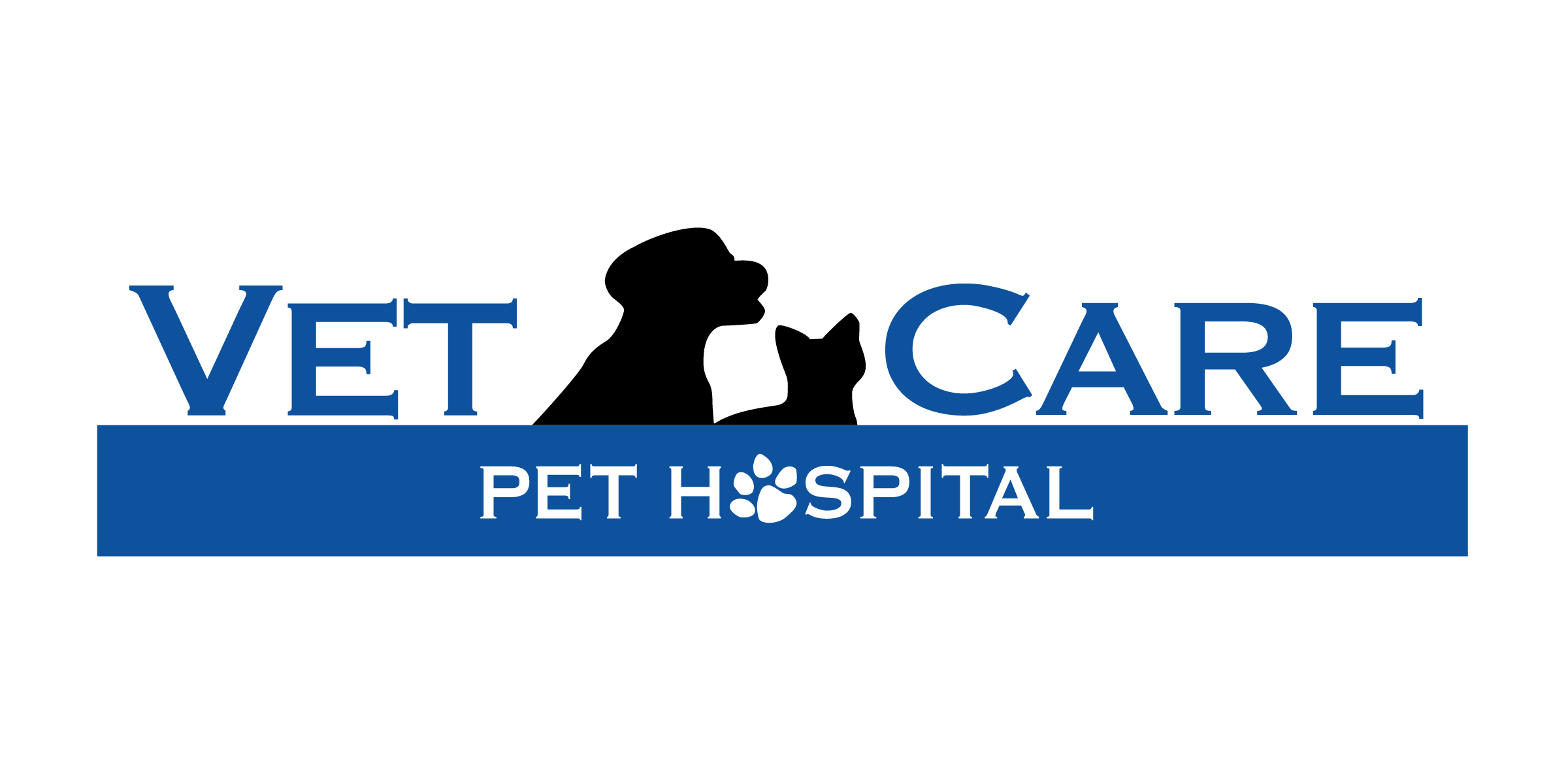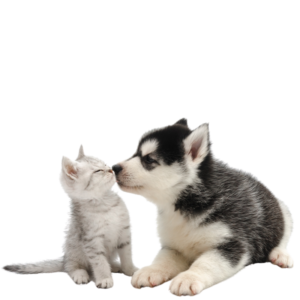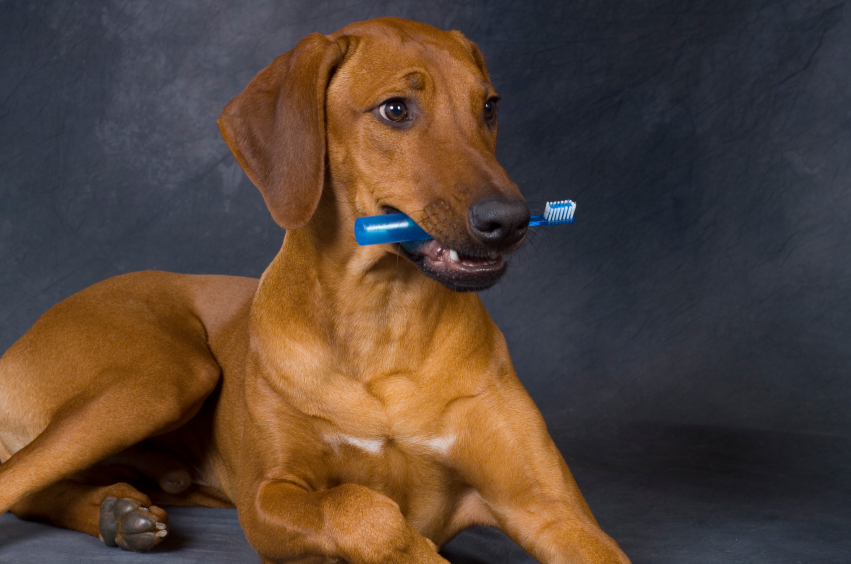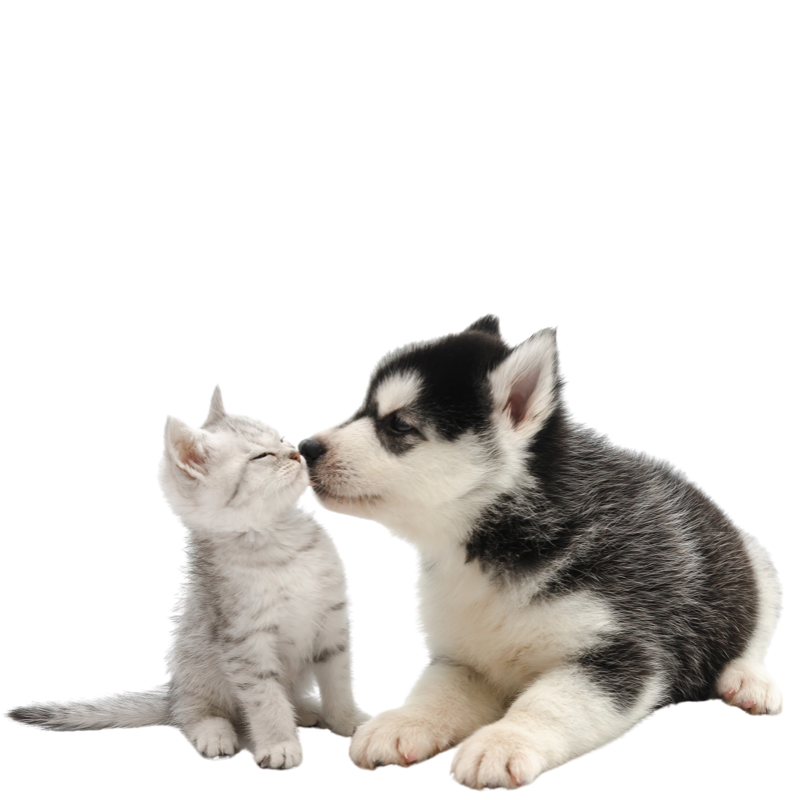Frequently pets are brought to see us at VetCare with the complaint of “bad breath” whether it is sudden in onset or been going on for a long time something can be done. Firstly let’s talk about the origin of the smell; bad breath is directly as a result of waste gasses produced from bacteria present in the mouth. There are many factors that will increase the bacterial numbers or change the flora (type of bacteria) resulting in the “bad smell”.
The most common problem by far is simply tartar/plaque build-up. The tartar is formed form a combination of bacteria present in the mouth and calcium from the saliva. The more plaque the more food that gets trapped and so the more bacteria can grow… so the cycle continues.
The other common reasons for bad breath include but are not limited to, food entrapment, cuts or lacerations in the mouth, tooth absessation, oral cancer, oral stomatitis, and for cat feline eosinophilic granuloma complex.
Top 3 signs that your pet needs a dental
The most obvious sign that your pet’s oral health need to be addressed is actually bad breath; however it is not specific to a dental issue. The requirement for a dental is best determined by your veterinarian however there are some key things to look for at home.
1: The presence of tartar buildup; tartar is grey brown rough material that grows on the teeth slowly over time. The tooth that is affected and the amount of tartar present will impact the secondary complications that the tartar causes. If caught early and the most appropriate course of action to take.
2: The Presence of gingival inflammation. Gingival inflammation is a redness and slight swelling where the tooth and gum meet. Gingival inflammation will result in bleeding from the gums and is a source of pain and discomfort for your pet.
3: The third stage of dental disease is gingival recession; gingival recession is caused by long term gum inflammation. Since the body is unable to rid it’s self of the plaque the gum line starts to move away exposing the tooth root. This is obvious when we look at our pets teeth, if the gum line looks irregular over the tooth then there has been gingivitis going on for some time.




